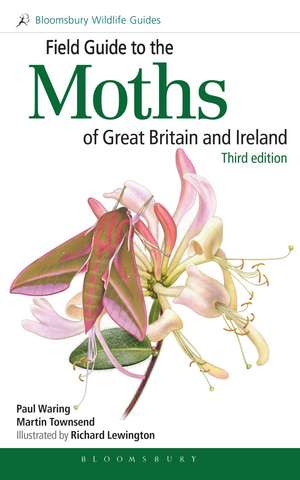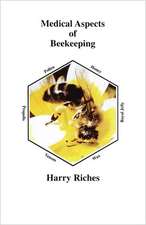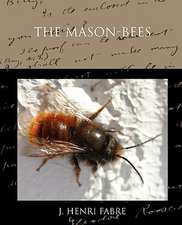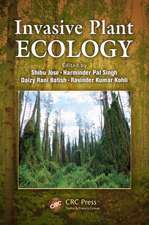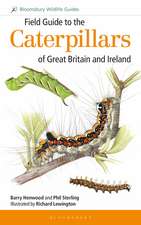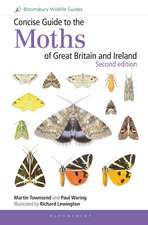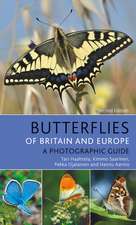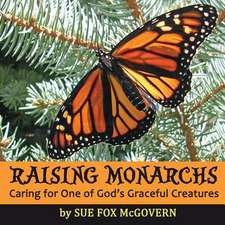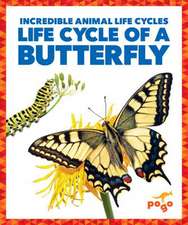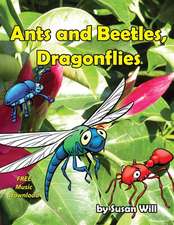Field Guide to the Moths of Great Britain and Ireland: Third Edition: Bloomsbury Wildlife Guides
Autor PAUL WARING, Martin Townsenden Limba Engleză Paperback – 14 oct 2018
Preț: 182.72 lei
Preț vechi: 298.25 lei
-39% Nou
34.97€ • 37.97$ • 29.37£
Carte disponibilă
Livrare economică 01-15 aprilie
Livrare express 15-21 martie pentru 168.65 lei
Specificații
ISBN-10: 1472964519
Pagini: 464
Ilustrații: 1,700 colour artworks, 80 colour photographs, 800 distribution maps
Dimensiuni: 135 x 216 x 35 mm
Greutate: 0.86 kg
Ediția:3
Editura: Bloomsbury Publishing
Colecția Bloomsbury Wildlife
Seria Bloomsbury Wildlife Guides
Locul publicării:London, United Kingdom
Caracteristici
Notă biografică
Recenzii
The first two editions were already established classics ... This brand-new edition maintains the brilliance of its predecessors (the finest illustrations and best text around) and enhances it with an impressive update.
There can be few moth enthusiasts without a well-thumbed copy of this book on their shelves. Whether you have an earlier version or not this edition has much new information, maintains the previous high standard, and is well worth adding to your library - it won't remain unread for long.
If you are after just one tome on the larger moths of Britain and Ireland then this is it.
It is hard work to find fault with this book ... Wholly reliable.
The most important book on moths published since Skinner.
An excellent updated version of a well-loved guide.
Descriere
This latest edition of the Field Guide to the Moths of Great Britain and Ireland has been fully revised, updated and restructured, bringing it in line with the latest thinking in taxonomy. Moths are illustrated in their natural resting postures, and there are also paintings of different forms, underwings and other details to help with identification. New descriptions and illustrations have been included for species that have been newly recorded in Britain and Ireland since the last edition of the guide was published. The text descriptions of all other species - covering field characters and similar species, flight season, life cycle, larval foodplants, and habitat - have been revised and updated where necessary, and particular attention has been paid to updating the distribution information, which is now supported by maps. The revised general introduction explains how the methods of identifying and recording moths have evolved over recent years with the advent of new technologies and as a result of data analysis.
